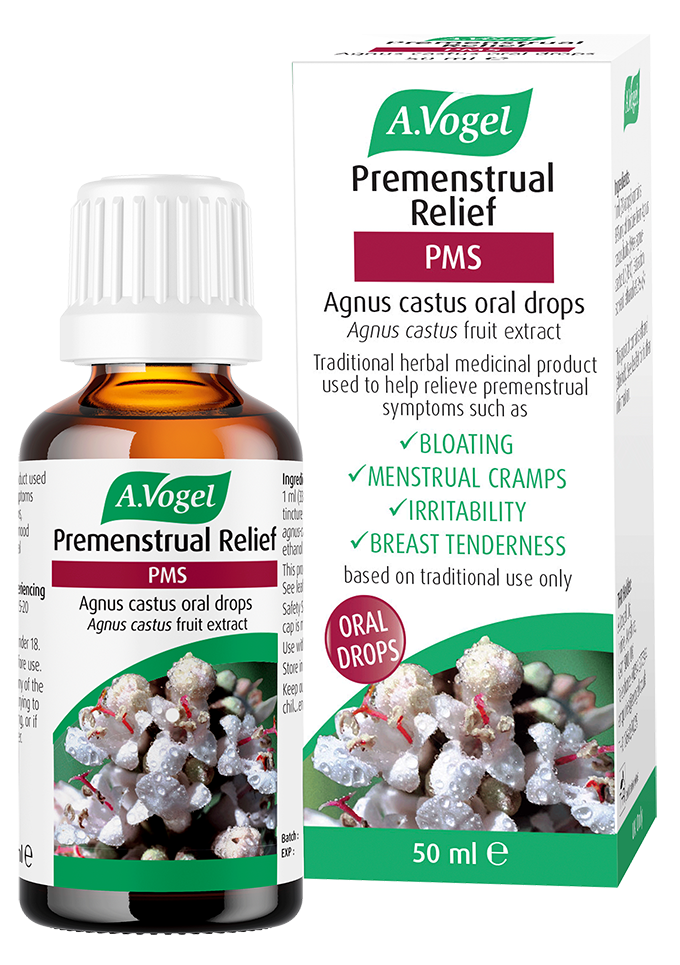The simplest way to track your menstrual cycle is to note the first day of your period each month so you can learn your cycle length. It can also be helpful to track your cervical mucus and to measure your basal temperature every morning so you know when you ovulate.
1. Track your menstrual cycle length
Tracking your menstrual cycle length is the most basic and simple way of tracking your period.Take note of day one of your cycle, what they call day one, it's a cycle so there isn't really a start and an end and for a lot of us the bleed feel more like the culmination of this menstrual cycle, but for ease of discussion, medically speaking and day one if the first day you bleed. Heavily that is, like that you need to use a pad, or tampon, or cup etc. You may have some spotting or very light bleed just before your period but we will talk about spotting in another blog. So yeh usually we would say day one of your menstrual cycle is the first day you are having a substantial bright red bleed.
So to track this, simply right down the day one on a calendar or in a diary or on a menstrual tracking chart, there's loads you can download on the internet! Then write which days you are bleeding, and then do the same for your next period!
So then after doing this for say 3 cycles, you get a big picture view of your menstrual cycle. This might be enough for you if your cycle is regular and you don't experience any period related symptoms and you just want to know when your due to bleed next!
However, there is so much more magic to discover when you get a bit deeper into tracking your cycle and being aware of the different phases of your cycle, the seasons of your cycle, and also tracking different symptoms that pop up for you each month. We'll talk a bit more about this later but next let's look at how to tell if or when you have ovulated.
2. Track your basal temperature to confirm ovulation
Our second thing to track is our basal body temperature! The basal body temperature is your body's internal temperature, your lowest resting temperature when you're sleeping, and this rises about halfway through our cycle when we ovulate.
It's obviously important to know if or when you are ovulating if you are trying to get pregnant, if no egg gets released there'll be no pregnancy. That's how a lot of hormonal birth control methods work, they suppress ovulation.
But ovulation is really important for our hormonal health and our overall health, it's not just about getting pregnant. When an egg is released during ovulation, something called the corpus luteum is formed and this produces progesterone which is a calming hormone, it's really one we don't be without by not ovulating! If we don't ovulate we don't get the surge of progesterone which causes that rise in basal body temperature so that is how we can track it.
Ovulation is also a really important sign from our bodies to let us know if we are healthy. Most natural health practitioners and even many mainstream medical bodies like the American Association of Gynaecology recognise our menstrual cycle as a vital sign, along with temperature and blood pressure, and other things that tell us how healthy we are, and ovulation is a part of that. If you're not ovulating it could be a sign of PCOS, of thyroid issues, or could be stress-related or weight-related, there are lots of different reasons. But it is a sign that something is off. And that your body needs your support.
So how to track your basal body temperature. You need a thermometer, and you need to measure your temperature first thing in the morning when you wake up, before you check your phone, or have a glass of water, or go to the loo - You check your temperature.
Ideally, your thermometer will have 2 decimal points, so 36.25, not just 36.2. This just gives some more accuracy. But your temperature will rise about 0.3 to 0.6 degrees in centigrade just after you ovulate.
So place the thermometer on top of your phone, or your alarm clock if you have an old-school one like me to keep your phone out of the bedroom! Or put it beside your glass of water, whatever you need to do to remember to check your temperature first thing in the morning. My 2-year-old knows to stick my thermometer in my mouth in the morning when she wants me to get up!
Then you just take your temperature and then write it down! When you see that rise of 0.3 to 0.6 degrees then you know you have ovulated. And it'll stay elevated until your next period. If your temperature doesn't go up then it's a sign you likely aren't ovulating or getting the progesterone surge.
Good to note too that if you've been sick, or slept less than usual, or drank a lot of alcohol, or if you're in perimenopause of course your basal body temperature can change so always disregard your reading if there's another reason for your temperature change on any given day.
3. Track your cervical mucous
The last thing we'll look at today is your cervical mucous. So in case you don't know, we have normal fluid that is produced in our cervix which changes throughout our cycle. This is your cervical mucous. When you start to take notice of this and track how it changes, you'll start to notice how this mucous has a cyclical nature too! So you can start to analyse this by just noticing the colour and texture of the mucous on your underwear, or on toilet paper or you can just use your fingers, that way you can get a feeling for the different textures.
After your period finishes, there is little or no discharge. But then about halfway through your follicular phase, the body produces more oestrogen which makes the mucus thicker, sort of creamy and then become thinner and more profuse, which can give you a sort of damp feeling.
Then your ovulation fluid is more like egg white, it clear and stretchy, there can be a lot of it. This is the mucus you get when you're fertile, although your fertile window can be before then too because sperm can live in our uterus for up to 5 days so this isn't a good method for avoiding pregnancy as it can be a bit unclear sometimes. Temperature is more accurate and if you want to track your cycle for avoiding pregnancy it is worth researching a bit more and maybe trying an app like Natural Cycles which is an FDA approved form of contraception. Definitely not something you want to be unsure of before using it for contraceptive purposes.
After you ovulate, you're producing progesterone which causes the cervical mucus to get thicker and sort of drier, kind of paste-like, and that's usually when you are less fertile.
So you can write this down on your menstrual tracking chart or calendar, or just use it as a way to get to know your body better. If you are tracking your temperature you can see if you get the egg white mucus around the same time as your temperature rises. It's just a great way to gather some more awareness about yourself, your body and your menstrual cycle. Dr. Aviva Romm (who I absolutely love, if you don't know her check her out!) says that tracking your menstrual cycle is the best "me-search" you can do. And I love that. And I agree!
4. Other things to check
There are other things you can check and take note of course, specifically things like emotions, symptoms like pain etc, but we will look at these and their place in your menstrual system as a vital sign, in a future blog.
But what do you think? Do you already track your menstrual cycle? If so what method works best for you? And if not are you gonna give it a try?
I really hope you found this blog helpful! If you're on Instagram, follow my page @SiobhanTalksPeriods and add it to your favourites!
If you have any questions, please let me know or if there are any more topics you'd like me to cover in future, please get in touch!









